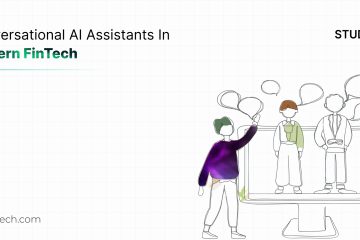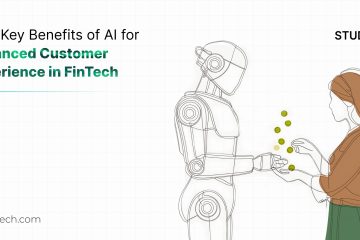While technology is growing faster than ever, this doesn’t mean that everyone is able to understand it.
As a business owner, you have the crucial responsibility to meet the needs of your audience. As an extension of this obligation, you need to make your product or service as easy to understand and access as possible.
That’s where design thinking comes into play.
This concept refers to the process through which someone is able to create a design with the highest UX possible.
Not sure where to start? Don’t worry, we got you covered.
Let’s take a look at everything you need to know about the five stages of design thinking.
1. Empathize
Understanding your audience’s needs is the first step in the process, and it’s one of the most crucial.
After all, how can you provide a stellar user experience if you don’t know what your user wants?
In addition to the user’s desire, you also need to understand what they do and don’t already know. As such, thorough observation and research are both required in order to get into your audience’s mindset when designing.
2. Define
Using the information you gather in the empathy phase of design thinking, you’ll be able to define the actual issue your audience has.
You’ll also be able to recognize how they react to and interact with the problem. Is there a behavioral pattern consistent among most members of your audience? What are the major difficulties that stand in their way?
At the end of this stage, you should be able to clearly outline the main problem your audience has. This will allow you to see things from their perspective, which will, in turn, allow you to start formulating ideas for a solution.
3. Ideate
As previously mentioned, not everyone is familiar with how the latest technology works. Many people also aren’t sure how blockchain technology works (or even what it is, for that matter).
Knowing this (and the other problems users face), designers can come up with a UX that has negligible difficulty for users.
Multiple brainstorm sessions within groups of designers are common during this stage, and after a handful of promising ideas have been developed, it’s time to move on.
4. Prototype
This stage bridges the gap between coming up with an idea and testing the final product.
Since prototypes aren’t fully fleshed out, you’ll be able to make a “skeleton” project of multiple ideas rather than focusing on completing one.
The purpose of a prototype is to validate the ideas you came up with during the previous stage. So, if everything works as intended, you’ll know that you have something on your hands worth developing further.
5. Testing
This is where you’ll gather valuable information from your prototype(s).
As you see how things fare, you can make notes and refine what works and eliminate or change what doesn’t. More often than not, you’ll find yourself stepping back to stage 4.
But, this is normal and shouldn’t be a cause for concern.
The testing phase is meant to be an environment where you perfect your idea. After everything runs as smoothly as intended (and you’ve gathered enough positive feedback), the testing phase is complete.
Understanding The Stages of Design Thinking Can Seem Difficult
But it doesn’t have to be. With the above information about the stages of design thinking in mind, you’ll be well on your way to creating the best UX possible for your audience.
Want to learn more about UX and why it’s so important? Take a look at our design process!


